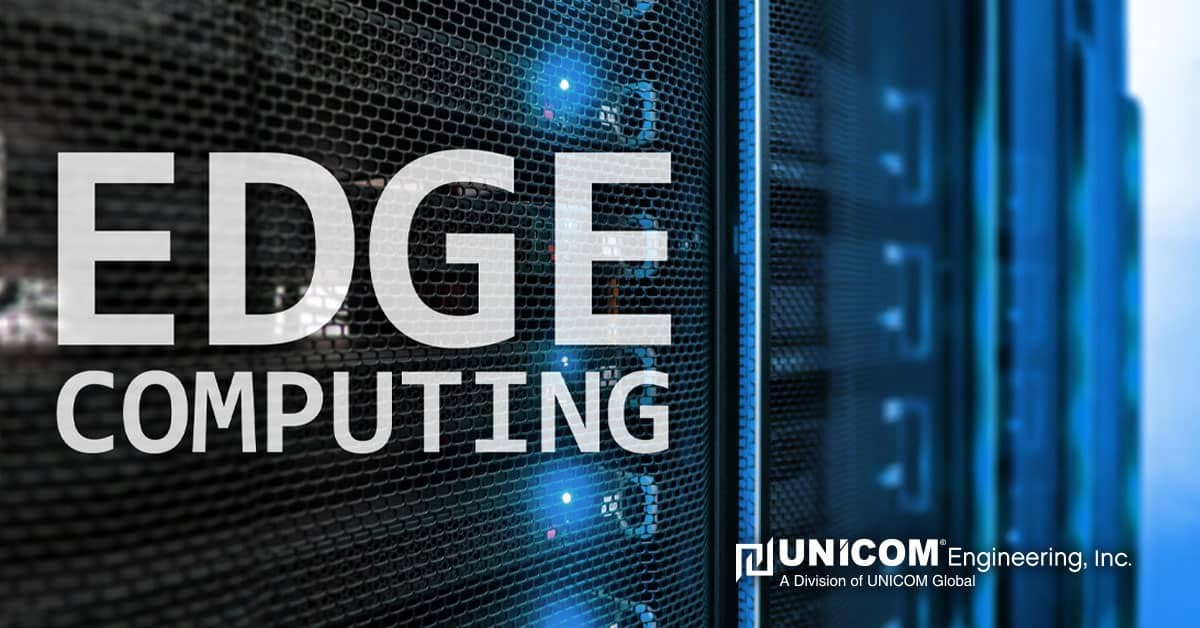Not long ago, the cloud was thought of as the premier platform for solution delivery. Cloud providers, large and small, touted significant advantages over traditional core data centers. So, it's no surprise that today, it's widely accepted. However, as the amount of mobile, IoT, and sensory devices has exploded, cloud architectures have met unforeseen challenges - hence the need for Edge computing.
Advantages at the Edge
While cloud computing provides scalability and management, Edge computing offers improved performance, superior data collection, and deeper business insights. Solution providers can create applications that perform faster with servers in Edge locations, thanks to local processing and low latency. And with the mobility of Edge servers, solutions can live in places never thought possible, like on mobile devices and within IoT sensors.
However, the Edge's advantages don't stop at delivering applications and data to users. Given that mobile devices and sensors create more data than ever, Edge platforms facilitate its collection and processing, making for richer insights. As a result, applications like HPC and AI can deliver more value than ever.
The Evolution of Edge Computing
Initially, providers invested in Edge platforms to lower bandwidth costs. After all, even in today's highly-connected world, there is something to be said for physical proximity in network performance. Secondly, these platforms increased the reliability of solutions by providing local functionality that wasn't dependent on core or cloud servers.
Today, however, IoT is one key factor driving Edge growth due to the sheer amount of data that is being generated. Along with this is the real-time application processing, analytics, and actions at the Edge. In addition, thanks to the performance benefits of Edge technology, providers can deploy solutions that can serve users in new ways faster than ever. Below we'll discuss some use case examples.
As a result of these opportunities, Grandview Research predicts the market for Edge computing will grow at a pace of 38.4% annually from 2021 to 2028. Therefore, not only is the Edge here to stay, its role in the delivery of solutions will grow, not only to support existing use cases but open possibilities for innovations.
It's no wonder that Gartner predicts that 75% of the world's data will be generated outside of core or cloud data centers by 2025, and IDC predicts that 50% of new IT infrastructure will be deployed at the Edge by 2023.
Edge Servers in Production - Use Cases
In a recent article, Dell Technologies describes multiple scenarios in which the combinations of new solutions and the latest Edge technology, combined with legacy systems, deliver greater value than ever.
For its part, Dell Technologies offers a wide variety of servers, storage and network devices, and other technologies to support your organization's Edge expansion. Some of them include:
Banking - Today's consumers want to do more than view account balances. Edge computing allows banks to extend more services to mobile devices than ever while maintaining a secure transaction environment. And on the back end, banks themselves can collect and act upon real-time data to prevent things like transaction fraud.
Civil Services - Edge computing can not only extend solutions to mobile users, but it can also expand the vision capabilities of human maintenance and security teams. For example, Edge servers are now enabling water, waste, and energy companies to monitor, manage, and secure their facilities thanks to advanced video and sensor systems.
Construction - Also leveraging drone video and other sensing technology, Edge servers can aid construction teams to gain real-time insights directly from construction sites. They can also compare current projects versus renderings and make real-time construction decisions concerning people, equipment, and materials.
Edge Computing Innovations
Still, expanding its definition is necessary for solution providers to harness the Edge fully. Today, 'the Edge' refers not only just to servers but to a suite of technologies that includes network and storage appliances and 5G.
For its part, Dell Technologies offers a wide variety of servers, storage and network devices, and other technologies to support your organization's Edge expansion. Some of them include:
Dell EMC vxRail Satellite Node - is an HCI solution designed to allow companies with branch offices or retail locations to enjoy automated health monitoring and lifecycle management.
Dell EMC Edge Gateway - is a compact, 5G capable, fanless gateway device to perform in industrial environments handling temperatures of -4 to 140 degrees Fahrenheit. It features 9th Gen Intel Core processors and offers the processing and storage capabilities needed to run localized analytics and data processing and enhance data collection.
Accelerate Your Move to the Edge with UNICOM Engineering and Dell Technologies
UNICOM Engineering is proud to be a Dell Technologies Titanium OEM Partner and Intel Technology Provider. We've had the pleasure of being named Dell Technologies Americas OEM Partner of the Year for three consecutive years. Our team is ready to power your solutions with Dell Technologies and Intel's industry-leading portfolios to deliver unique solutions with incredible speed and reliability. Our customers benefit from solutions optimized for telecom, cloud, enterprise, network, security, IoT, and HPC workloads with expanded I/O, storage, and network connectivity options by leveraging our services.
To learn more about how we can help you drive your solution to market faster, watch our Why Build on Dell video or visit our website to schedule a consultation today.
